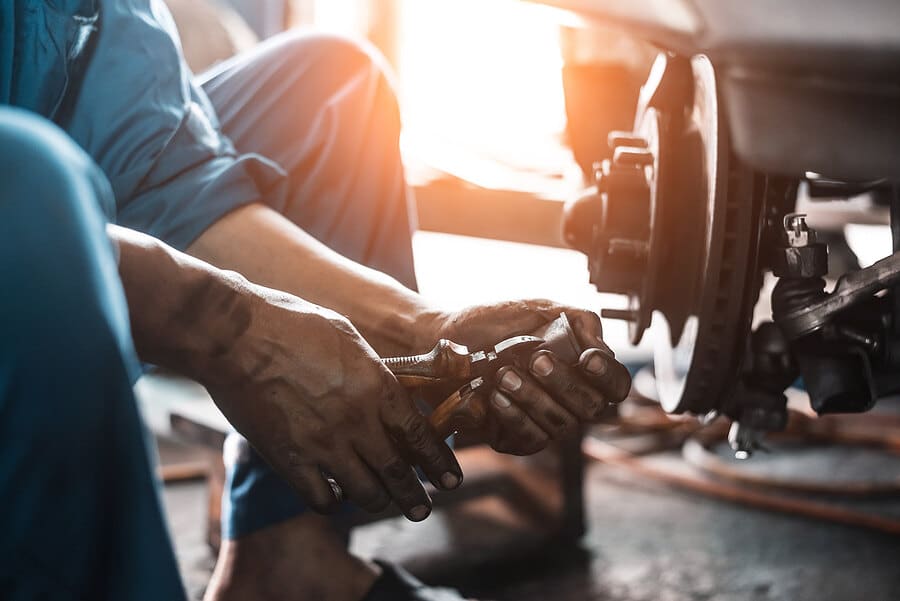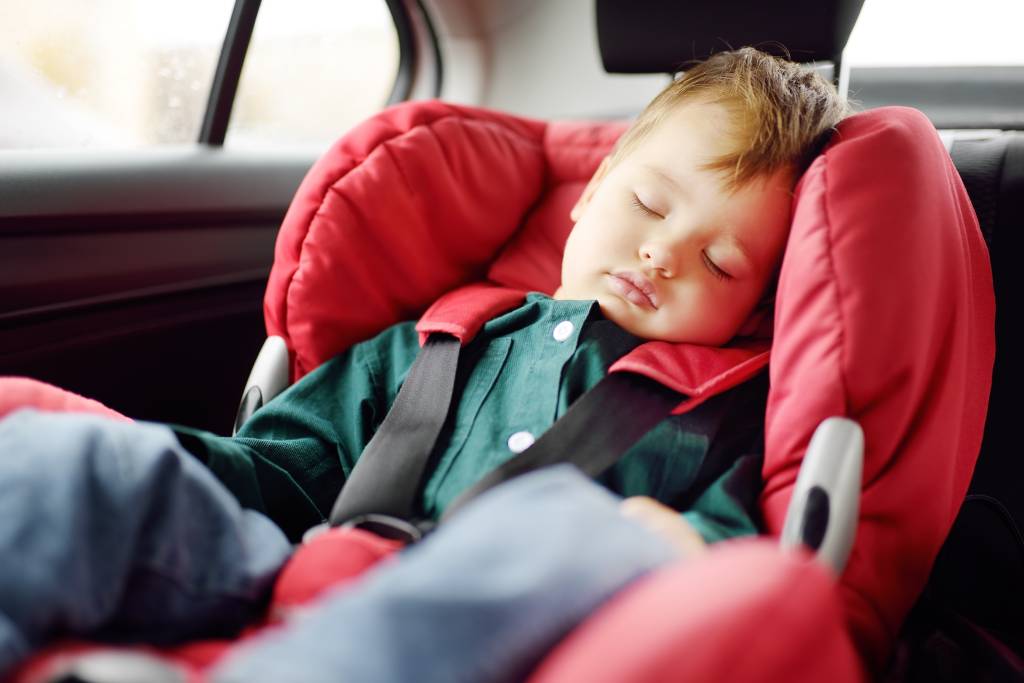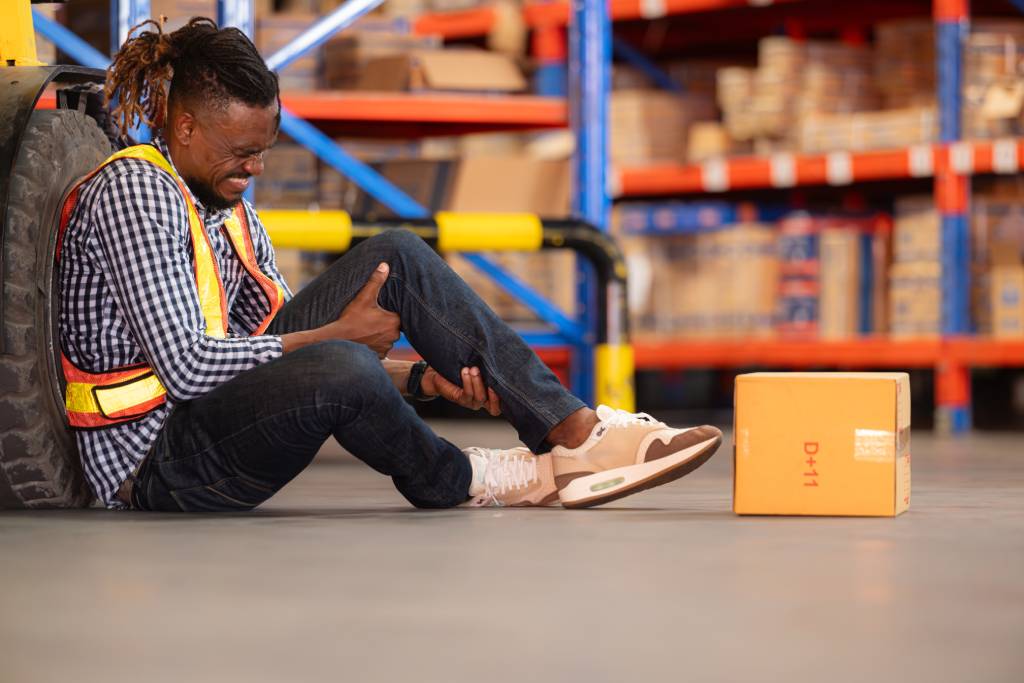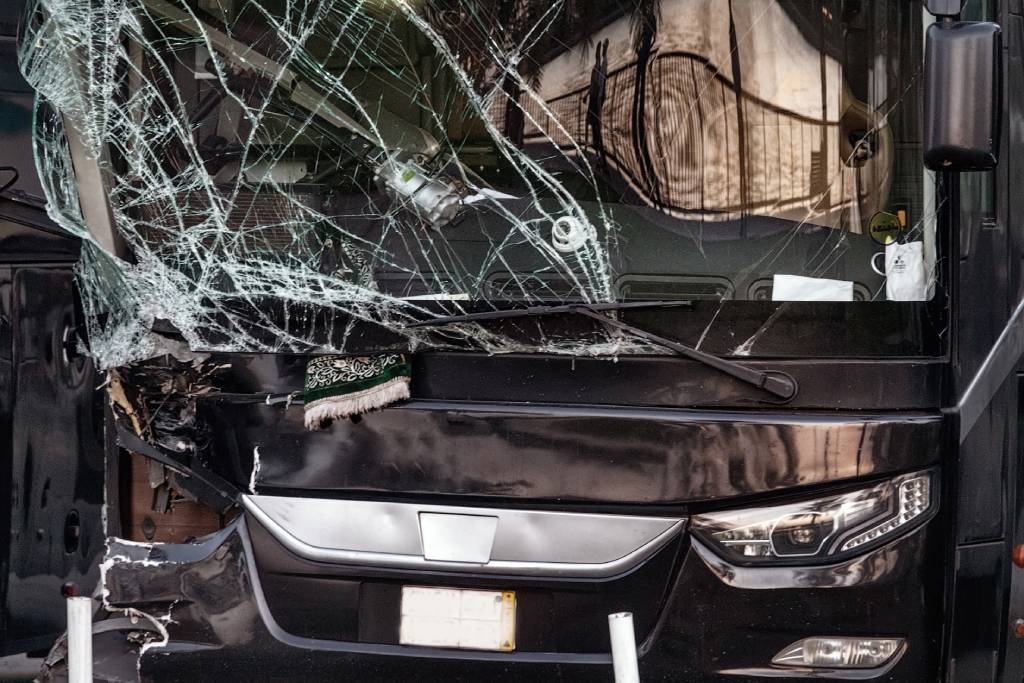Many events and items cause accidents, including mechanical failure. In some cases, the mechanical failure is because the vehicle owner did not keep up with maintenance. In other cases, the vehicle might have issues right from the factory. Depending on what fails on the vehicle, a mechanical failure could cause traumatic accidents. It is up to the vehicle’s owner or driver to ensure that it is in good working order and safe enough to drive.
Vehicle Parts and Systems
A vehicle has many systems and parts. Some last longer than others. It is up to the vehicle owner or primary driver to keep their vehicle in good working order. Firstly, you do not want to get stranded, and secondly, you do not want something to break and cause an accident that could injure or kill someone.
#1. Normal Wear and Tear
Some of the parts and systems on a vehicle normally wear out regardless of whether you drive a passenger vehicle or a big rig. Wear and tear items include brakes, tires, and other parts that wear out from use.
#2. Accident/Incident-Related Failures
Sometimes, people get into minor accidents, hit potholes or curbs, and do not repair the vehicle. Parts that loosened in the accident or incident could become looser and fall off. Or, weakened parts could finally break. You can prevent injuring someone in an accident if you check your vehicle after you hit something or wreck to ensure that everything is in good condition and that you did not knock something out of place or crack a pertinent part.
#3. Common Mechanical Failures That Cause Accidents
The most common mechanical failures that cause car accidents include wear and tear items, which usually cause car accidents. However, other mechanical failures could also cause accidents, such as an engine that stops working.
#4. Tires and Wheels
Tires must have a certain amount of tread material. Anything less leaves too little tread to prevent the vehicle from sliding out of control, even on dry roads. Most passenger vehicles must have 2/32 of an inch of tread when you measure the tread on the tie bars the small humps contained within the tread pattern. Most commercial vehicles must have 4/32 of an inch.
Additionally, you should never see the metal belts showing through the tread or sidewalls of a tire, nor should the sidewalls have separation, which shows up as a bubble on the sidewall, often close to where the sidewall and tread meet. Any defect in a tire could cause a tire to blow out.
Tire Pressure
Check a vehicle’s tire air pressure frequently at least once every month, even if you have air pressure sensors. If the air pressure is too high or low, the tire will not wear evenly. With too much air pressure, a tire has less tread touching the road, making it easier to lose traction. With too little air pressure, the tires become “squishy” and could cause you to lose control.
Wheels
It is easy to forget to check the vehicle’s rims. When checking the tires for air pressure and uneven wear, remember to check the rims. A bent rim or a rusted rim could cause the tire to lose air pressure slowly. If the air pressure gets too low, you could have a blowout, or the tire could come entirely off the wheel.
#5. Brakes
The parts that wear out the quickest of the entire brake system are the brake pads. However, as with most other vehicle systems, every action has a reaction. Thus, worn brake pads will gouge the rotors and over-extend the calipers, resulting in a high charge for fixing the brakes. It could also cause an accident. When the material on the pads gets low, it loses its stopping power.
Brake pads have a small metal prong that sticks out. When the material on the pads gets lower than the metal prong, the prong starts scraping the rotor. That metal rubbing against metal warns you that it is time to change the pads. The longer you ignore the low pads, the less brake pad material remains on the pads, and the more the metal tang gouges the rotors.
The caliper has to extend its hydraulics even farther as the pads thin out to push the pads against the rotor. If it goes too far, the hydraulics could blow out. You can tell when the brake pads get low by listening for a grinding or squealing sound.
Additional brake failures include brake hose failure, master cylinder failure, and ABS malfunctions.
#6. Steering and Suspension
The suspension system holds the vehicle off the tires and gives you a smooth ride. If suspension parts, such as strut towers, shocks, and springs break, the car could bounce high when it goes over bumps, or the body could rub on the tires, causing them to pop. Tie rod ends, and A-frame bushings help keep the steering aligned. If they wear out, the steering becomes loose and could cause the driver to lose control of the vehicle.
If a steering rack wears out, it could cause the steering to hang up as you turn the wheel. The vehicle becomes difficult to steer when the power steering pump goes out. Loose steering and worn suspension make it easy to lose control of a vehicle and crash.
#7. Lights and Wipers
Without clear visibility, you could easily run into other drivers. Lights also allow other drivers to see you. Broken taillights and brake lights could cause someone to rear-end you. Broken headlights and running lights prevent you from seeing what is in front of you and prevent other drivers from seeing you. Turn signals warn those behind you to slow down so you can safely make a turn or change lanes.
Wipers that do not clear the windshield properly obstruct vision enough so that you could rear-end someone or pull in front of someone at an intersection. The streaks that worn wiper blades leave can obstruct your vision enough so that you cannot see, especially if you are driving in the rain at night.
#8. Engine and Transmission Failure
If the engine or transmission fails, it could cause you to stop in the middle of the road unexpectedly. If the person behind you does not expect it or is not paying close enough attention, that person could ram into you. You can mitigate the engine and transmission failure by performing regular maintenance, including changing the oil and transmission fluid as recommended by the vehicle manufacturer.
Inclement Weather and Vehicle Failures
When the weather gets bad, a poorly maintained vehicle becomes more dangerous. If the suspension or steering is loose, the wind could exacerbate the loss of control. Additionally, it takes longer to stop in the rain and snow. Worn brakes and tires significantly increase the stopping distance on dry and wet roads, but especially on wet roads.
Who Is Liable for a Mechanical Failure?
During a vehicle accident investigation, the investigators look for the cause of the accident. Several people and/or entities could share in the liability for your injuries, including you.
Those who could share in the responsibility for injuries and other damages in a car wreck include:
- The driver or owner of a vehicle who did not keep the vehicle properly maintained or drove the vehicle knowing parts were broken or worn out.
- The vehicle manufacturer that does not recall vehicles for known defects.
- An aftermarket parts manufacturer or seller that sells defective parts.
- An auto repair technician who does not repair the vehicle properly.
Injuries Poor Mechanical Failure Might Cause
Depending on several factors, including what breaks, speed, how a malfunctioning vehicle hits your vehicle, and the size and weight of both vehicles, mechanical failure accident injuries could range from minor to catastrophic or cause fatalities.
Injuries include:
- Bumps, bruises, cuts, and scratches.
- Road rash.
- Strains and sprains.
- Pulled and torn muscles and other soft tissue injuries.
- Simple or compound fractures.
- Internal injuries.
- Eye and face injuries.
- Traumatic brain injuries, including mild concussions.
- Head, neck, and shoulder injuries.
- Back and spinal cord injuries.
- Internal injuries.
- Amputation of a digit or limb.
- Thermal and/or chemical burns.
You could also incur secondary injuries, such as infections in open wounds, whether from the accident or surgeries to repair accident injuries, especially if you have a compromised immune system. Accident injuries could also exacerbate preexisting injuries or diseases. The at-fault party can also be held responsible for secondary injuries, as you would not have otherwise suffered additional pain and expense.
What to Do After an Accident Caused by Mechanical Failure
As with other vehicle accidents, you should start gathering evidence to help prove your case, including checking on other drivers, calling first responders, taking photos of the accident scene, and gathering contact information from the driver and witnesses.
Additionally, pay attention to the vehicle that hit you. Look for signs of poor maintenance, such as broken CV axles and other parts that would cause a tire to break off the spindle and broken lights. Some of the damage could be from the wreck, but it could have been broken before the wreck.
Recovering Damages After an Accident Caused by Mechanical Failure
You could recover compensatory damages after a wreck, including economic damages and non-economic damages. The court orders the defendant to pay compensatory damages in an attempt to make you whole again. While the money does not remove accident injuries or bring back a loved one, it significantly reduces the financial stress of not working and paying for the medical expenses and other damages.
Economic Damages
Special damages, often referred to as economic damages, have a monetary value and may include:
- Past and future medical expenses. You could recover medical expenses incurred in the wreck and before a settlement or trial award. You could also recover expenses after a settlement or trial award for injuries that doctors expect to turn into long-term disabilities. Medical expenses include surgeries, doctors’ appointments, follow-up appointments, prescriptions, and ambulatory aids. If you need hand controls for your vehicle and upgrades to your home, such as wheelchair ramps, widened doorways, and grab bars, the at-fault driver can be responsible for those expenses.
- Wages. You could recover compensation for the time you missed work from the time of the accident through the time you collect a settlement or trial award. If doctors expect your injuries to result in long-term or permanent disabilities, you could also recover compensation for the loss of future earning capacity.
- Personal property. The at-fault driver is also responsible for compensation to replace or repair any personal property destroyed in the wreck, including but not limited to your vehicle, cell phones, computers, clothing, and anything else of value in your vehicle.
- After-Death Expenses. The defendant can be liable for funeral, burial, and/or cremation expenses. You could also recover other expenses related to the death of a loved one, including probate filing fees.
Non-Economic Damages
General damages, often referred to as non-economic damages, do not have a monetary value and can include:
- Pain and suffering, including emotional distress.
- Loss of quality of life if you need to make major changes to your lifestyle, such as taking prescription medications or using ambulatory aids for the rest of your life.
- Loss of companionship if you can no longer enjoy spending time or participating in activities and events with the family.
- Loss of consortium if you can no longer enjoy a physical relationship with your spouse.
- Inconvenience if you have to hire someone to do your usual chores, including lawn cutting, house cleaning, home repair and maintenance, and grocery shopping.
- Compensation for amputation, paralysis, excessive scarring, and/or disfigurement.
- Loss of use of a bodily function, such as your bladder or eyesight.
- Loss of use of a body part, such as a foot or hand.
If you suffered injuries or lost a loved one in an accident caused by mechanical failure, contact a car accident attorney as soon as possible for a free case evaluation.



